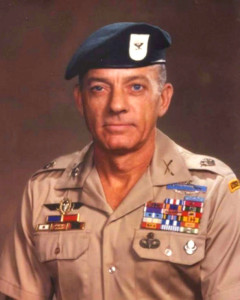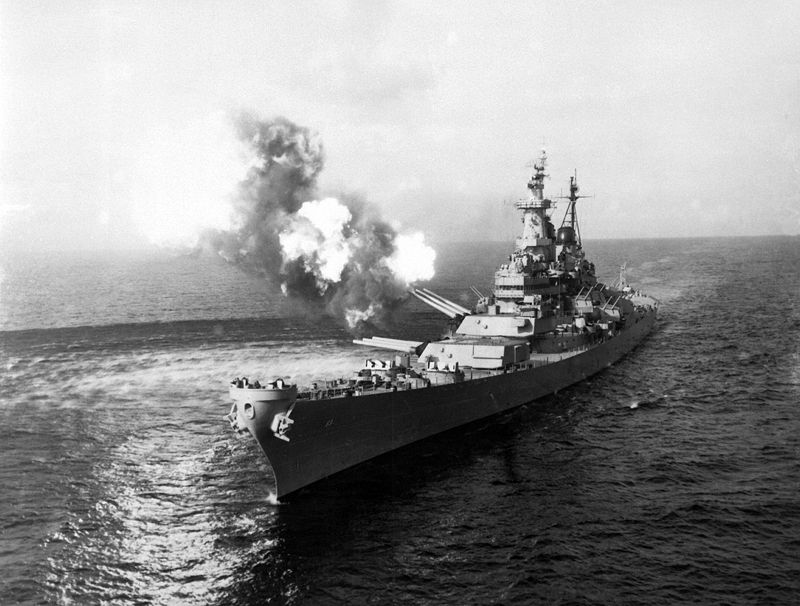June 11 in U.S. military history
1871: Rear Adm. John Rodgers’ Asiatic Squadron lands 650 sailors and Marines on the Korean Peninsula. The force storms the Citadel, later known as Fort McKee, and after 15 minutes of fierce close combat, 243 Koreans lay dead and the American flag flies over the fortress.
1903: U.S. Military Academy cadet Douglas MacArthur graduates at the top of his class and receives his commission as a second lieutenant in the Engineer Corps. His father Arthur served as a lieutenant colonel in the U.S. Army and earned the Medal of Honor during the Civil War, and the MacArthurs own the distinction of being the first father and son to earn the Medal of Honor.
1909: Another famous West Pointer is commissioned: 2nd Lt. George S. Patton Jr., who becomes a cavalry trooper. “Old Blood and Guts” is the grandson of Col. George S. Patton and great-nephew of Lt. Col. Waller T. Patton – both of whom fought and died for the Confederacy.
1927: National hero and U.S. Air Service Reserve Corps captain Charles Lindbergh, along with his airplane “Spirit of St. Louis” arrives at Washington, D.C. and becomes the first person ever awarded the Distinguished Service Cross.
1944: (Featured image) America’s last battleship, USS Missouri, is commissioned. The “Mighty Mo” will see action during Iwo Jima and Okinawa before hosting the ceremony for the surrender of Japan. Following the Korean War she is mothballed, but returns to service in 1986 after modernization and serves during Operation DESERT STORM.
Meanwhile as the 101st Airborne Division battles to capture Carentan, France, Lt. Col. Robert G. Cole’s battalion (3rd Battalion, 502nd Parachute Infantry Regiment) is pinned down by a massive barrage of German rifle, machinegun, mortar, and artillery fire. After an hour of ceaseless enemy fire and casualties piling up, Cole leads a bayonet charge against the enemy fortifications. Although he is killed, his paratroopers ultimately capture a vital bridge across the Douvre River. Lt. Col. Cole is posthumously awarded the Medal of Honor.
1945: A day after helping save sailors from the sinking destroyer USS William D. Porter (DD-579), Lt. Richard M. McCool Jr. shoots down one Japanese kamikaze plane and damages a second before the plane slams into his landing support ship. Despite shrapnel wounds and burns, McCool organizes a firefighting party before rescuing sailors trapped in a burning compartment, carrying one man to safety. For his actions, McCool is awarded the Medal of Honor.

1953: In the early morning hours, a battalion-sized force of Chinese troops attacks and overruns an American outpost. With his company officers dead or wounded, Master Sgt. Ola L. Mize organizes a defense, dragged wounded to safety, and formed a patrol to fight the Chinese bunker to bunker – despite having been hit by grenade and artillery blasts multiple times. Fighting for hours – hand-to-hand at times – Mize killed several dozen enemy soldiers with his carbine and many more by calling in American artillery fire.
Mize is awarded the Medal of Honor (his full citation can be read here), and is only one of eight survivors of the 56 soldiers that manned Outpost Harry. Following the Korean War, Mize earns a commission and served multiple tours in Vietnam with the 5th Special Forces Group. He later founded the Combat Diver Qualification Course in Key West, Fla. and commanded the Special Forces School at Fort Bragg.
